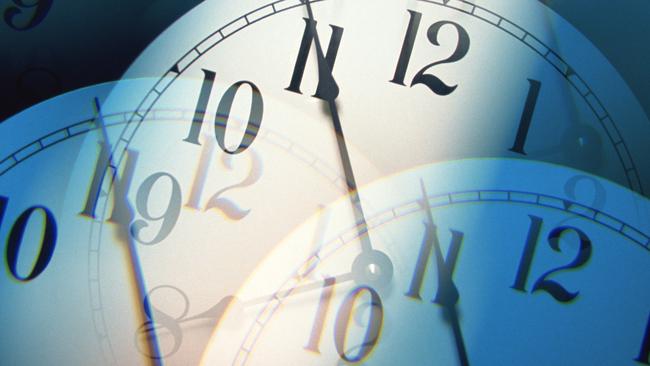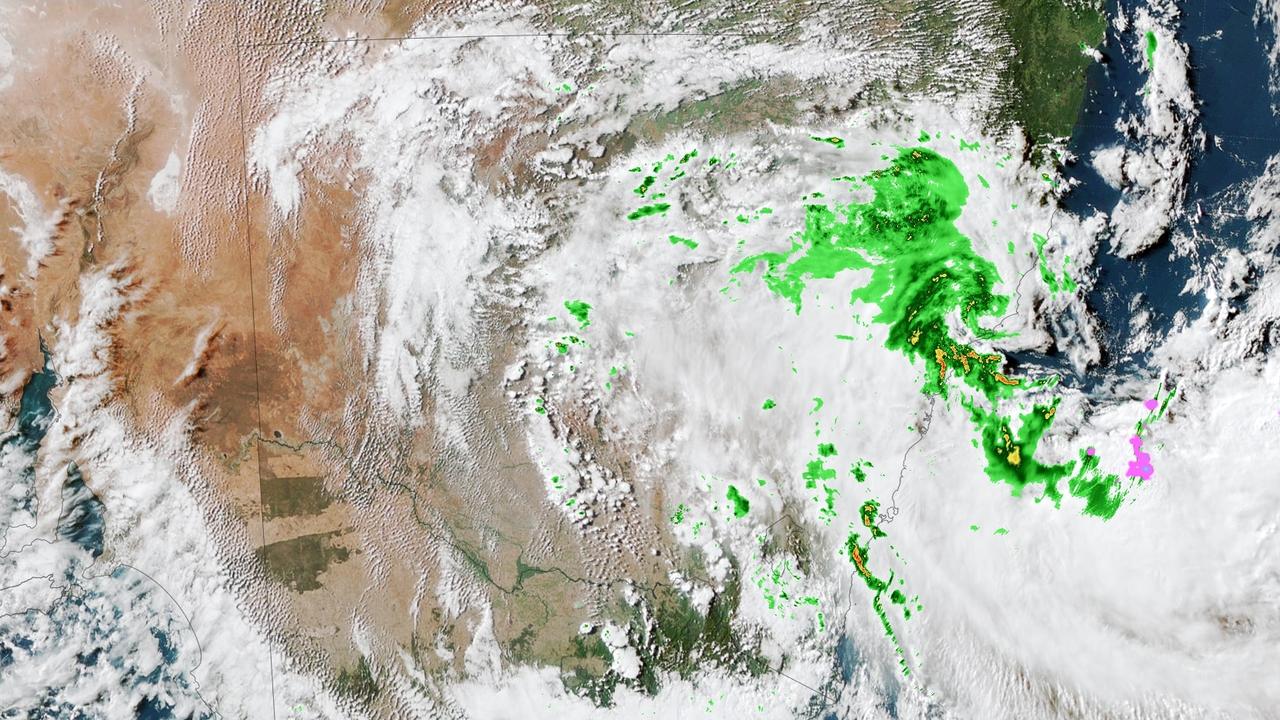Get your clocks ready NSW: Daylight saving to end in April
It’s the annual tradition that began in World War I, and Sydneysiders are getting ready for daylight saving time in April. Here’s how you can get prepared too.

NSW
Don't miss out on the headlines from NSW. Followed categories will be added to My News.
As Sydneysiders get ready to settle into cooler weather across the Harbour City, they are also preparing to wind back their clocks an hour as daylight saving ends.
Over the past 115 years, countries who follow daylight saving time have pushed forward their clocks one hour to make the most of daylight before the moon rises.
The current daylight saving schedule began in October 2023, and is due to end on Sunday April 7, 2024.
Clocks will be turned back one hour to 2am (AEST).
Most smartphones and tablets should make the change by themselves, if you have enabled automatic time zone in settings.
Outside NSW, daylight saving time is observed in the ACT, Victoria, South Australia and Tasmania.
So, that means you get to sleep an extra hour on the weekend after Easter Sunday – which falls a week earlier than last year on March 31.
Here are some frequently asked questions to consider as you wait to turn the clocks back next month.
When do clocks change for daylight saving time?
On Sunday, April 7 at 3am (AEST), clocks will be turned back one hour to 2am. This means sunrise and sunset will be one hour earlier than the day before.
Does daylight saving time go forwards or backwards?
When daylight saving changes in April 2024, the clocks will go back an hour. Later in the year when October rolls around, they will be moved forward one hour to account for longer summer days.
This is also known as the “fall back time”, which gets its name from the US where autumn is also known as fall.
Avid clock observers often use the following to remember how daylight saving time works:
If you have entered the fall season, your clock will “fall back” an hour. If you are in the spring season, your clock will “spring forward” one hour.
Why do we observe daylight saving time?
There is some debate over the exact origins of daylight saving time, but it is commonly accepted that it was originally conceived during World War I to conserve fuel.
If a person had an extra hour of daylight after work or school, they’d be able to hold off using fuel for light for as long as necessary. At the time, waking up when it was dark and then going to work wasn’t as big as a concern.
Are there any parts of Australia that do not observe daylight saving time?
Northern Territory, Queensland and Western Australia do not observe daylight saving.
Is Australia the only country that has daylight saving?
No, a number of other countries around the world follow daylight saving time. These include the United States, Canada, United Kingdom, and New Zealand.
Is there a debate to end daylight saving?
People in favour of daylight saving say that it reduces road accidents, saves on household energy use (as it reduces the amount of energy needed for artificial lighting in the evening) and gives people more time to be out and active in the summer evenings.
Those against daylight saving believe that changing the clocks each year may have an adverse effect on people’s health, as our body clocks also have to adjust to a new wake-up time.
Broadly speaking daylight saving time enjoys support across NSW, and there have been no recent political moves to adjust or change how Sydneysiders interact with changing their clocks.
Originally published as Get your clocks ready NSW: Daylight saving to end in April


